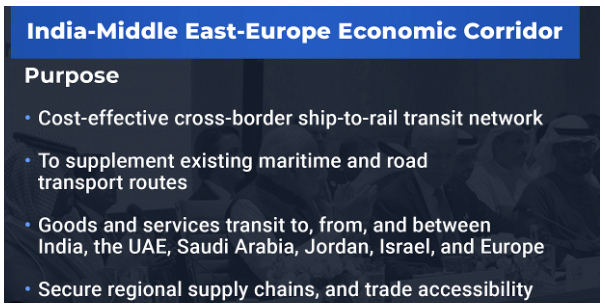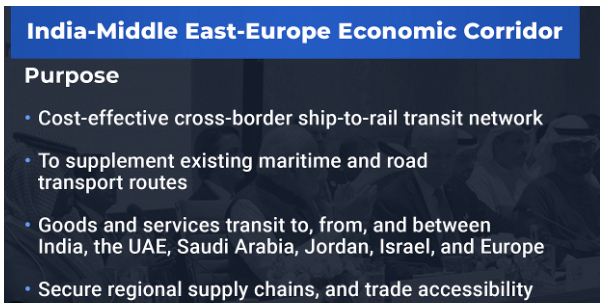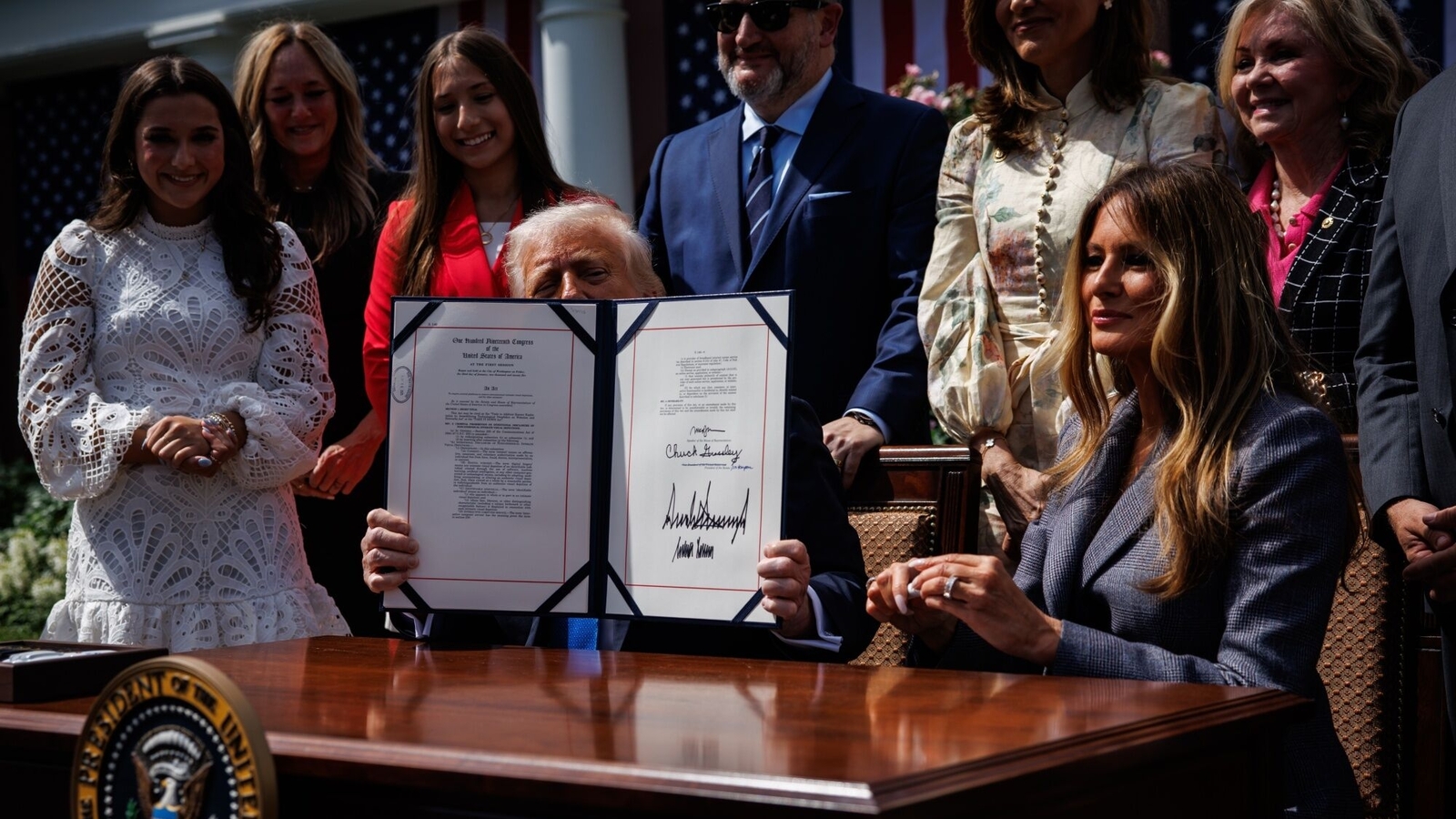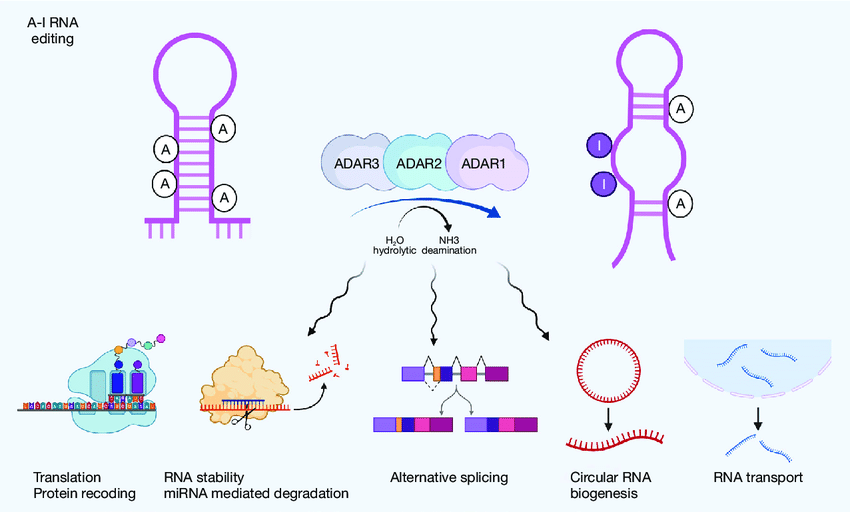- Courses
- GS Full Course 1 Year
- GS Full Course 2 Year
- GS Full Course 3 Year
- GS Full Course Till Selection
- Online Program
- GS Recorded Course
- NCERT (Recorded 500+ Hours)
- Polity Recorded Course
- Geography Recorded Course
- Economy Recorded Course
- AMAC Recorded Course
- Modern India, Post Independence & World History
- Environment Recoded Course
- Governance Recoded Course
- Science & Tech. Recoded Course
- International Relations and Internal Security Recorded Course
- Disaster Management Module Course
- Ethics Recoded Course
- Essay Recoded Course
- Current Affairs Recoded Course
- CSAT
- 5 LAYERED ARJUNA Mentorship
- Public Administration Optional
- ABOUT US
- OUR TOPPERS
- TEST SERIES
- FREE STUDY MATERIAL
- VIDEOS
- CONTACT US
India-Middle East-Europe Economic Corridor
India-Middle East-Europe Economic Corridor

Latest Context:
MOU was signed to establish India- Middle East- Europe Economic Corridor
Introduction
- In a significant move towards strengthening global infrastructure, a Memorandum of Understanding (MOU) was recently signed to establish the India-Middle East-Europe Economic Corridor (IMEC).
- This initiative is a part of the broader Partnership for Global Infrastructure Investment (PGII) and holds immense potential for fostering economic growth, connectivity, and innovation.
- The IMEC project is not only poised to enhance trade and connectivity between India, the Middle East, and Europe but also serves as a counter to China's Belt and Road Initiative (BRI).
IMEC: A Vision for Connectivity and Growth
- IMEC is envisioned as a network of transport corridors that will facilitate economic growth through integration between Asia, the Arabian Gulf, and Europe. Its components include:
- Railway lines to expedite trade between India and Europe, making it faster and more efficient.
- An electricity cable and a clean hydrogen pipeline to foster clean energy trade, promoting sustainability.
- High-speed data cables to connect innovative digital ecosystems worldwide, creating new business opportunities.
PGII: A Counter to BRI:
- The PGII, launched with the goal of funding infrastructure projects across the world, has been gaining attention as a counter to China's ambitious BRI.
- The BRI, initiated in 2013, aimed to revive ancient trade routes connecting China to Europe via land and sea routes, covering vast regions from Rome in Europe to East Asia.
- While the BRI has brought infrastructure development to many countries, it has also raised concerns about debt traps for partner nations. Italy's recent decision to withdraw from the BRI underscores these concerns.

Trans-African Corridor:
- One of the noteworthy projects under the PGII umbrella is the Trans-African Corridor. This ambitious endeavour aims to connect the port of Lobito in Angola with the Katanga province in Congo and the copper belt in Zambia.
- By establishing vital transport links in Africa, this project is set to boost trade and economic development in the region, aligning with the PGII's overarching mission.
Conclusion:
The signing of the MOU to establish IMEC and the broader PGII initiative represents a significant step towards global infrastructure development and connectivity. By promoting economic growth, clean energy, and digital innovation, IMEC aims to reshape trade and connectivity between India, the Middle East, and Europe.
Which global infrastructure initiative aims to establish connectivity and economic growth between India, the Middle East, and Europe, and is seen as a counter to China's Belt and Road Initiative (BRI)?
A) Partnership for Global Infrastructure Investment (PGII)
B) Belt and Road Initiative (BRI)
C) Trans-African Corridor (TAC)
D) India-Middle East-Europe Economic Corridor (IMEC)
Correct Answer: A) Partnership for Global Infrastructure Investment (PGII)
Must Check: Best IAS Coaching In Delhi



